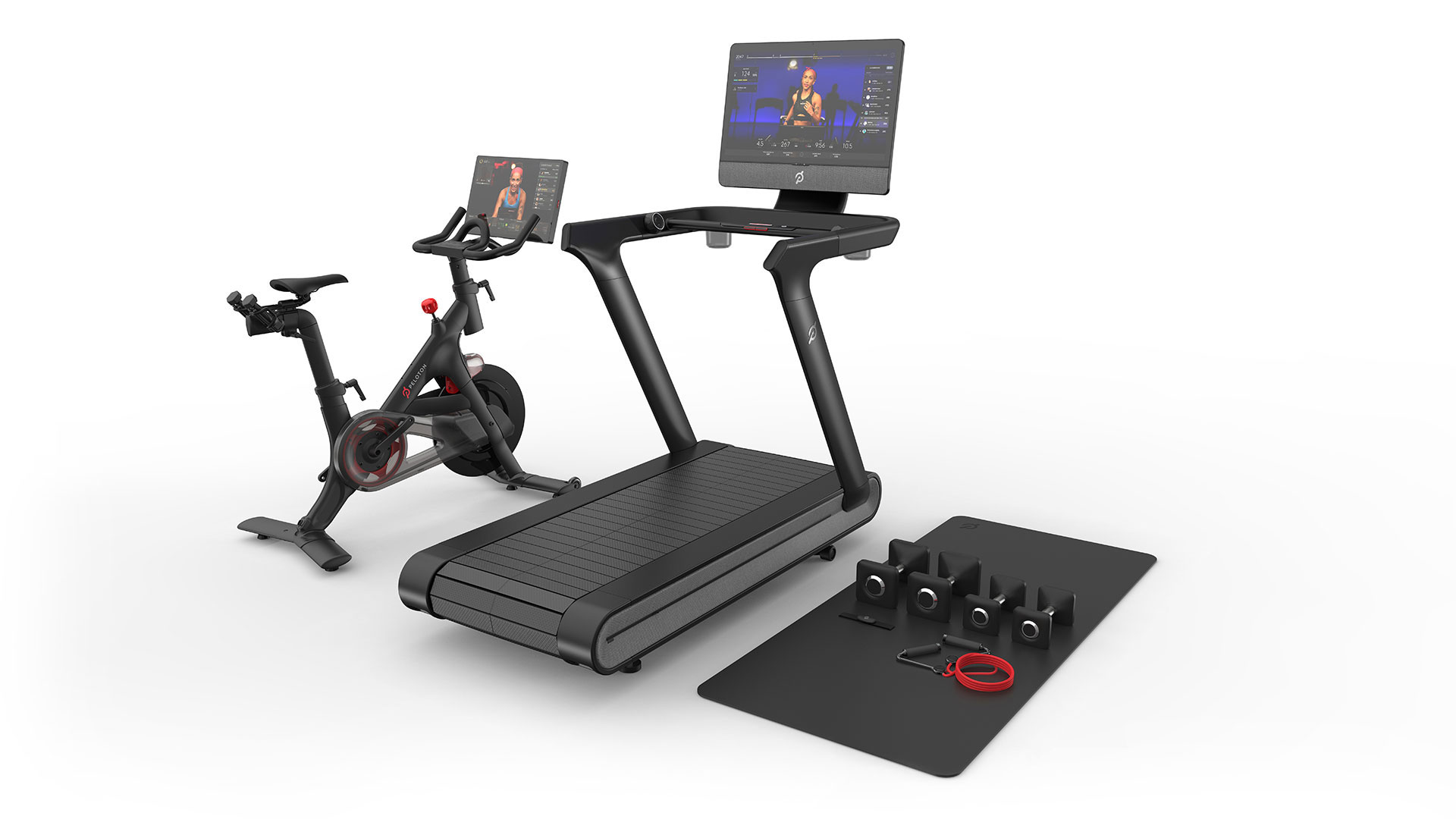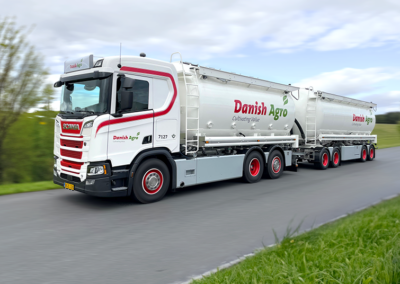Peloton entered the fitness industry in 2012 with a new concept for creating a unique fitness experience at home. The team took on the task of reinventing the machines, optimizing the workouts, and integrated the technology to make getting fit engaging and effective. They wanted this to be communicated in their visuals as well, using KeyShot throughout the process to determine design direction and create marketing material. We caught up with Peloton Senior Industrial Designer, Mark Kruse, to find out more.
onepeloton.com
 What sparked your interest in design and led to working with Peloton?
What sparked your interest in design and led to working with Peloton?
I have always been intrigued by art and design. I was initially a fine arts major, but I was always a tinkerer, working on bikes and cars. That’s when it dawned on me, Industrial Design was the perfect blend of art, mechanics, and engineering. Peloton offers a highly refined aesthetic with cutting edge technology and a focus on durable hardware. I knew it was the place for me. I’ve been blessed to lead a team of very talented designers to develop the recently-launched Peloton Tread.
What is unique about the design process at Peloton?
Working on fitness equipment provides its own set of challenges. The products live a very tough life. They are abused, sweat on, and pushed to their extremes of mechanical & physical properties. You’re constantly designing for the worst-case scenario, for instance, maximum user weight – off balance – at a high speed. With that in the back of your mind, you need to work in full-scale mock-ups as soon as possible. So we design with foam core, 8020 Aluminum bucks, wood, etc., to find the right architecture. From there, we can step back and work through the aesthetic and finer ergonomic details. This is where Keyshot comes in. It’s tough to sell an idea, when all you have is a very rough works-like model made of wood, metal, and foam. It’s much easier to sell that idea when it is paired with a high-end, photo-realistic image or video.
What is the primary 3D modeling software?
SOLIDWORKS is our primary modeling platform. It’s not the most robust program I’ve used, but with enough patience and care for proper construction, you can achieve amazing results.
Where along the process is KeyShot used?
From Phase 1 through the Final Phase. KeyShot is used very early here. This breaks down into three primary uses in the product development process:
Concept – Since we design fairly large, architectural products it’s very important to have a rough full-scale CAD model early to aid in sketching and ergonomics studies. Most often, we use KeyShot to evaluate forms or color studies in the early design phases.
Color, Material, Finish & Studio – Once a design is chosen, we use KeyShot to analyze surfaces, colors, materials, graphic elements, and branding. It has also been used to help develop our studio environments where we shoot our live-streamed content.
Marketing Visuals – Finally, when the design is set, we use KeyShot to create all of our early marketing materials. This is very helpful, because it enables us to debut what looks like a real product months before said product physically exists.
What projects has KeyShot has been used on?
We have used KeyShot on both the Peloton Bike and Tread, and also the Peloton accessories. Along with this, it has been used to help develop environments for building our film studio.
How has KeyShot helped save time, money and/or improve quality?
Without KeyShot, we would be forced to build numerous physical prototypes, which would set us back weeks and countless dollars. Each model could cost up to $5,000 or more, depending on the fidelity, and take up 2 weeks or more in development. Having the ability to iterate on screen, and evaluate hundreds of options in a matter of hours, is priceless.
What advice would you give to someone interested in doing what you do?
Communication. Design is all about communication. Whether it be a quick napkin sketch, or a rough CAD model, the best way to get your ideas across is visual communication. The more efficiently you can communicate the better. An amazing amount of information can be passed quickly through a rough sketch or KeyShot render.






















